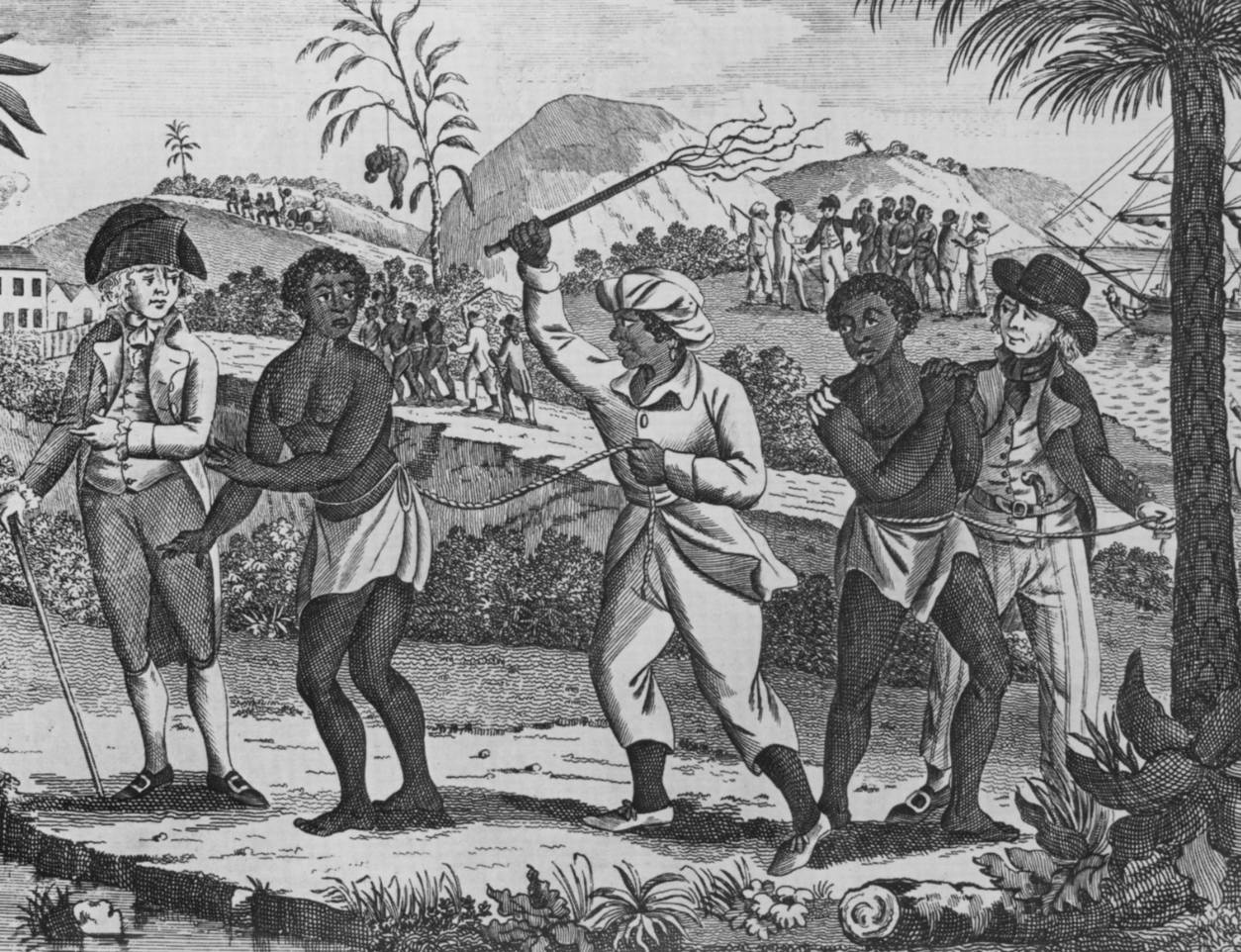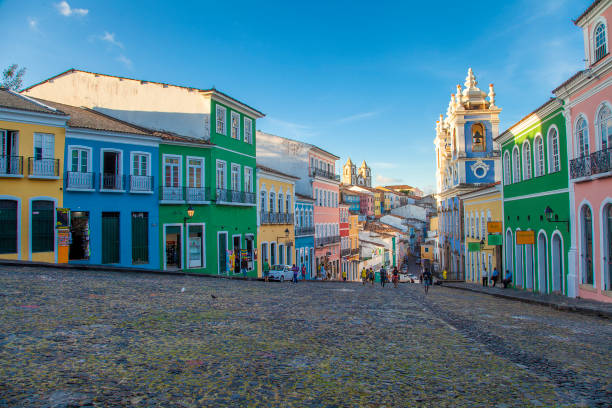Viagem
A Tipsy Tale: Exploring the Surprising World of Drunk Animals and Human Fascination with Alcohol
Anúncios
This revelation has challenged the human-centric perspective that ethanol is only a substance utilized by humans. Kimberley Hockings, a senior author and behavioral ecologist at the University of Exeter, emphasized the historical significance of ethanol in the natural world. This tradition of consuming alcohol can be traced back to the late Cretaceous period when flower and fruit-bearing plants first emerged, approximately 100 million years ago.
As fruits ripen and decay, yeasts present in the air and on the fruit’s surface convert sugars into ethanol. This process gives off an odor similar to that of beer or wine, and explains why animals might be drawn to alcoholic fruits. Scientists have discovered that some decaying palm fruits in Panama can reach alcohol concentrations exceeding 10 percent ABV, comparable to wine. However, most alcoholic fruits typically have a lower alcohol content, ranging between 1 to 2 percent ABV, similar to kombucha or light beers.
Even though these low alcohol levels may seem insignificant to humans, they can have a significant impact on small animals that consume them. Birds and mammals indulging in mildly alcoholic fruits can experience intoxication and potentially suffer harmful effects. Matthew Carrigan, a professor of molecular ecology, highlights the dangers of inebriation for animals, especially when they are in vulnerable situations, such as climbing trees or evading predators.
Furthermore, Carrigan notes the evolutionary differences between animals and humans when it comes to alcohol consumption. While modern humans may seek intoxication without the calorie intake, animals consuming ethanol-rich fruits primarily crave the calories to sustain themselves. These animals have developed genetic traits that allow them to metabolize ethanol without experiencing intoxication, ensuring their survival in the wild.
The study also explores the cognitive effects of ethanol consumption in animals. Anna Bowland, the first author and behavioral ecologist at the University of Exeter, suggests that ethanol may activate the endorphin and dopamine systems in animals, resulting in feelings of relaxation and potential social benefits. However, further research is needed to determine whether ethanol elicits physiological responses in wild animals.
The researchers have observed various primate species, such as chimpanzees, spider monkeys, and Capuchin monkeys, consuming intoxicating fruits in their natural habitats. These observations provide valuable insights into the potential benefits of alcohol consumption for social animals. The idea that animals may seek out intoxication for social reasons challenges traditional beliefs about animal behavior and cognition.
Overall, the study on animals consuming alcohol sheds light on the complex relationship between animals and ethanol in the natural world. By exploring this phenomenon further, researchers hope to gain a better understanding of how animals interact with alcohol and the potential benefits or risks associated with its consumption. The prevalence of drunk animals is a fascinating aspect of wildlife that continues to intrigue scientists and further our understanding of the animal kingdom.





